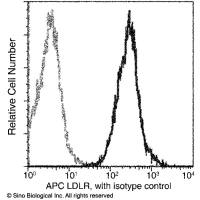Engineering the NMDA Receptor Channel Lining
互联网
537
Neurotransmitter-gated channels, such as the NMDA receptor, are oligomeric membrane proteins assembled from multiple homologous subunits organized around a central ion-conducting pore (1 ,2 ). A major effort is directed toward understanding the structural features that determine their function. However, the absence of an atomic resolution structure for even a single ligand-gated ion channel remains a serious deficiency to accomplish this goal. There has been little success in the preparation of high-quality three-dimensional crystals of these membrane proteins, and the determination of their structures in solution by multidimensional NMR spectroscopy has been hampered by the large size and multiplicity of their subunits as well as the requirement of a lipid environment to maintain the native folded conformation. These significant limitations in the conventional methods of structural biology have prompted the development of indirect strategies to identify and characterize those segments of these proteins that contribute directly to the formation of the channel lining. In this context, a biomimicry-based strategy founded on the tenet that a specific functional feature may be transferred to a receptor lacking it by implanting the structural determinants that define the property is contributing considerable diagnostic information. The uniqueness of the biomimicry-based strategy resides in the notion of achieving a “gain of function” in contrast with the classical mutagenesis approach that randomly aims for a “loss of function.”



![Recombinant-Mouse-Protein-lifeguard-1GrinaProtein lifeguard 1
Alternative name(s):
Glutamate [NMDA] receptor-associated protein 1
NMDA receptor glutamate-binding subunit](https://img1.dxycdn.com/p/s14/2024/1230/242/8404914010062663781.jpg!wh200)




